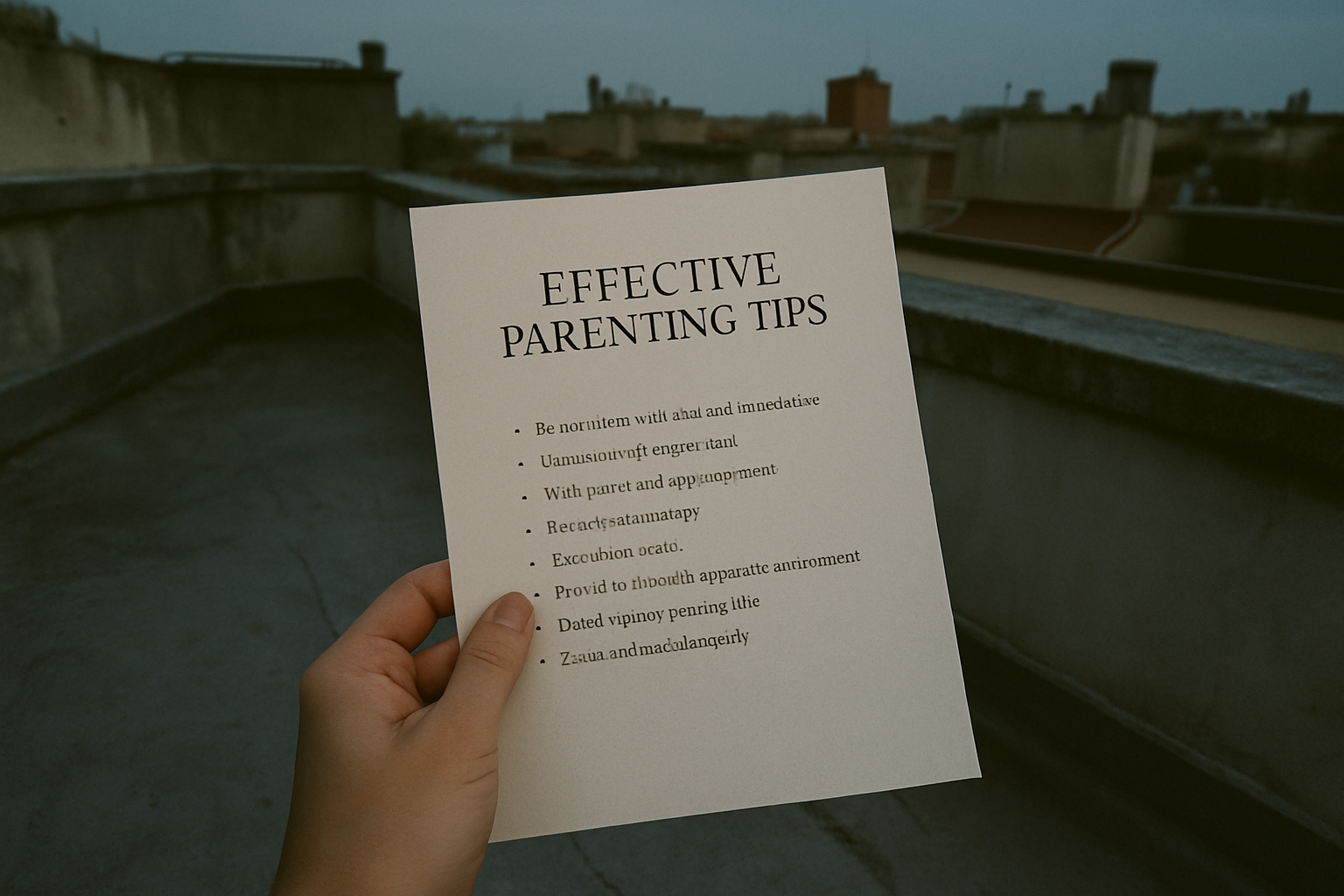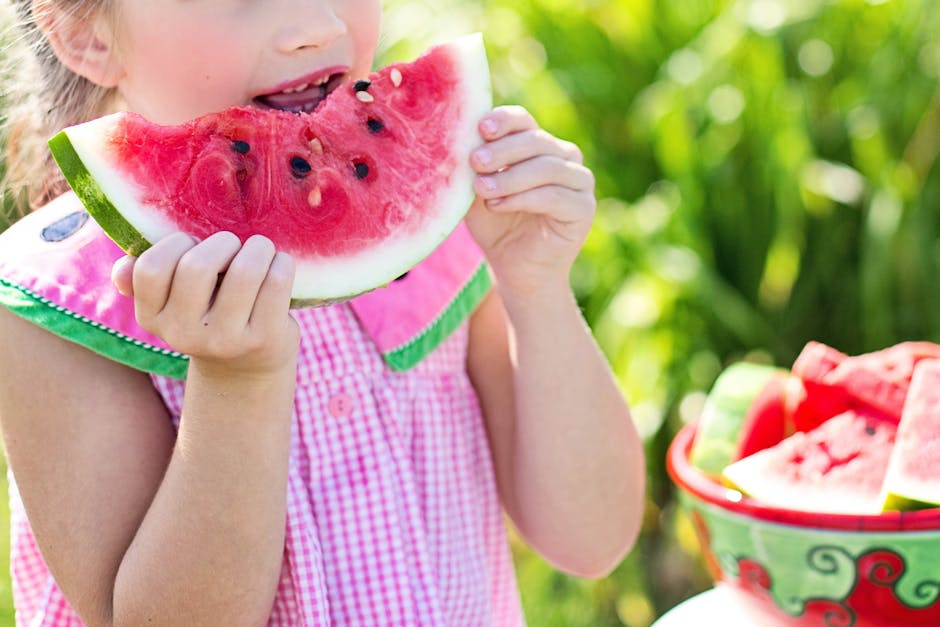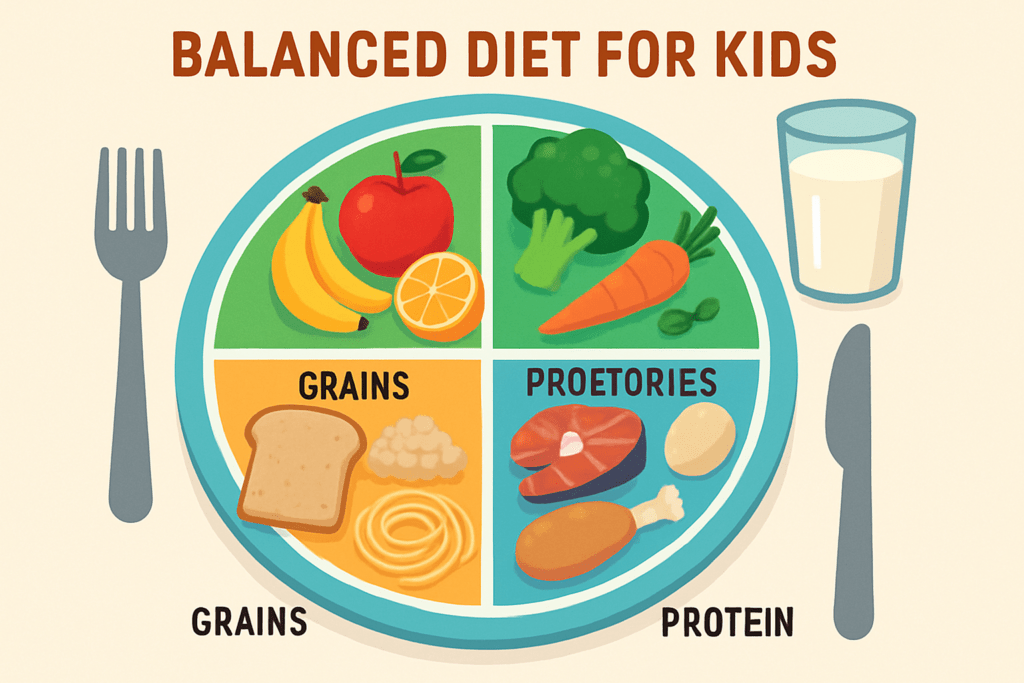What a “Balanced” Diet Really Means for Children
A balanced diet for kids isn’t about chasing perfection. It’s about giving growing bodies the right building blocks consistently. Here’s what that looks like in simple terms:
Carbohydrates are the body’s main energy source. Whole grains, fruits, and veggies beat out white bread or sugary snacks every time.
Proteins help build muscles, repair tissues, and support the immune system. Think lean meats, beans, eggs, and dairy.
Healthy Fats keep brains developing and bellies satisfied. Kids need fats from nuts, seeds, avocado, and oils like olive or canola.
Vitamins and Minerals support everything from bone growth to focus in the classroom. Color matters aim for a rainbow of fruits and veggies to cover more bases.
Needs shift as kids grow. Toddlers have tiny stomachs, so every bite counts. School age kids need more fuel for learning and play. Teens? They’re in overdrive growth spurts, activity, and hormones burn through more calories and nutrients. Active kids also need more carbs, protein, and hydration, especially if they’re into sports.
Whenever possible, whole foods win. Less packaging, fewer ingredients, more nutrients. An apple beats applesauce with added sugar, and roasted chicken trumps nuggets. It’s not about banning the fun stuff it’s about giving your child a solid base so the occasional treat doesn’t throw things off balance.
The Building Blocks of Daily Nutrition
Let’s start with portion sizes. Kids don’t need adult servings. In fact, too much food especially of the wrong kind can backfire just as badly as too little. A general rule? Serve portions roughly the size of the child’s palm for proteins, a closed fist for carbs, and an open hand for veggies. Snack sizes? Think small, not snack aisle sized.
As for food groups, every child should be hitting the basics daily:
Whole grains for slow release energy (think oats, brown rice, quinoa).
Lean proteins for growth chicken, eggs, lentils, tofu all fit the bill.
Healthy fats for brain development like avocado, olive oil, seeds.
Fruits and veggies (yes, every day) aim for color variety as much as quantity.
Dairy or dairy alternatives for calcium and vitamin D.
Even the most well meaning parents can fall for myths. Like the idea that kids need to “clean their plate.” They don’t. Or that sugar makes kids hyper (spoiler: it doesn’t, at least not scientifically). And no, juice isn’t a substitute for fruit.
Balanced nutrition isn’t about packing every meal with superfoods. It’s about consistency, variety, and tuning in to what your kid actually needs to grow not just what the packaging says.
For more tools and tips, check out: Nutritional Basics for Kids.
Practical Tips for Parents on Busy Schedules

Simple meal planning strategies that actually stick
Forget color coded calendars and Pinterest perfect prep. Simple wins here. Start with 3 5 core meals your family already likes. Rotate them. Add small changes like switching rice for quinoa or throwing chopped veggies into a sauce. Batch cook proteins on the weekend, use leftovers creatively, and don’t be afraid of frozen veggies. They’re fast, healthy, and way better than takeout.
Templates can help: “Taco Tuesday,” “Sheet Pan Thursdays,” or “Wrap Night” cuts down decision fatigue and gives kids something to expect (and even help with). Consistency beats complexity every time.
Healthy snack swaps that kids will eat without a fight
Trade the usual suspects (gummy snacks, chips) for options that still feel like treats. A few go to swaps:
Yogurt with fruit instead of pudding cups
Popcorn with cinnamon instead of chips
Apple slices with nut butter instead of cookies
DIY snack boxes with cubes of cheese, crackers, and baby carrots
Keep grab and go options at eye level in the fridge or pantry. And yes, presentation matters a silly toothpick or a fun container can make a big difference.
What to do when your child is a picky eater
Keep your cool. One battle rarely changes behavior, but a relaxed routine might. Offer what the rest of the family eats, include one safe food on the plate, and don’t pressure them to finish. Exposure takes time 10, maybe 15 tries before a new food sticks.
Get kids involved. Let them choose a veggie at the store or stir something at the counter. Ownership helps. And if all else fails? Smoothies and muffins are a great way to sneak in fruits and veggies without a side eye.
Picky eating is usually a phase. Stay consistent, stay calm, and don’t let it turn into a power struggle.
Helping Kids Build Lifelong Habits
Good eating isn’t just about what goes on the plate. It starts way earlier at the store, in the kitchen, at the family table. Getting kids involved in shopping, prepping, and cooking gives them a real connection to the food they eat. No need to overcomplicate it. Let them pick produce. Let them stir the sauce or read out a recipe. These little tasks build pride and a practical skillset that pays off for years.
Just as important is how we talk about food. Skip the shame. Avoid labeling things as “bad” or “guilty.” Food is fuel, culture, comfort it’s not a moral test. Teaching kids that all foods fit, and how to listen to their own hunger cues, sets the tone for years of balanced choices.
It’s not about raising perfect eaters. It’s about raising humans who feel confident around food. Households with a positive food culture tend to have less mealtime stress, better nutrition, and kids who are more likely to carry healthy habits into adulthood.
Want to dig deeper into the basics? Here’s a solid place to start: Nutritional Basics for Kids.
Red Flags to Watch Out For
Even with the best intentions, it’s easy to miss subtle signs that a child’s diet isn’t hitting the mark. Nutrient deficiencies don’t always scream they tend to whisper. You might start seeing low energy, crankiness, frequent colds, or trouble focusing at school. Pale skin, thinning hair, or slow growth can also point to gaps in iron, zinc, or other key vitamins.
One of the biggest culprits? The slow creep of ultra processed foods. When snacks, cereals, and freezer meals start replacing fresh, whole foods too often, the result is a diet heavy on sugar, salt, and additives but light on real nutrition. Kids may feel full, but their bodies are still running on empty.
It’s not about fear it’s about watching closely. If issues like poor weight gain, persistent digestive problems, or noticeable mood swings continue, it’s time to loop in a pediatric nutritionist. They can help decode what’s going on and steer things back on track. Bottom line: you don’t have to figure it all out alone.
Wrap Up: Keep It Simple, Keep It Consistent
A balanced diet isn’t about nailing perfection at every meal. It’s about consistency. One cookie doesn’t undo a week of thoughtful eating, and one salad doesn’t make up for a month of frozen dinners. What matters is the long game what your child eats most of the time.
Look at patterns. Are fruits, veggies, proteins, and whole grains showing up regularly? Is water the go to drink? That’s the kind of stability that supports growth, energy, and long term health. You don’t need gourmet plates or endless rules just habits that add up.
Start where you are. Add one vegetable to a familiar meal. Swap one sugary snack for something with protein. Small, steady changes build trust both in your child’s body and in your own approach. Food becomes less of a battleground and more of a routine. That’s how lifelong habits stick.


 Founder & Chief Editor
Founder & Chief Editor
